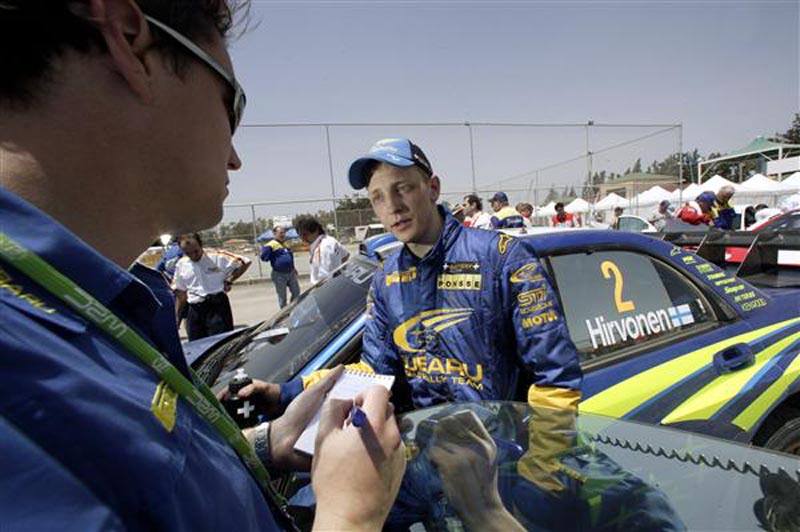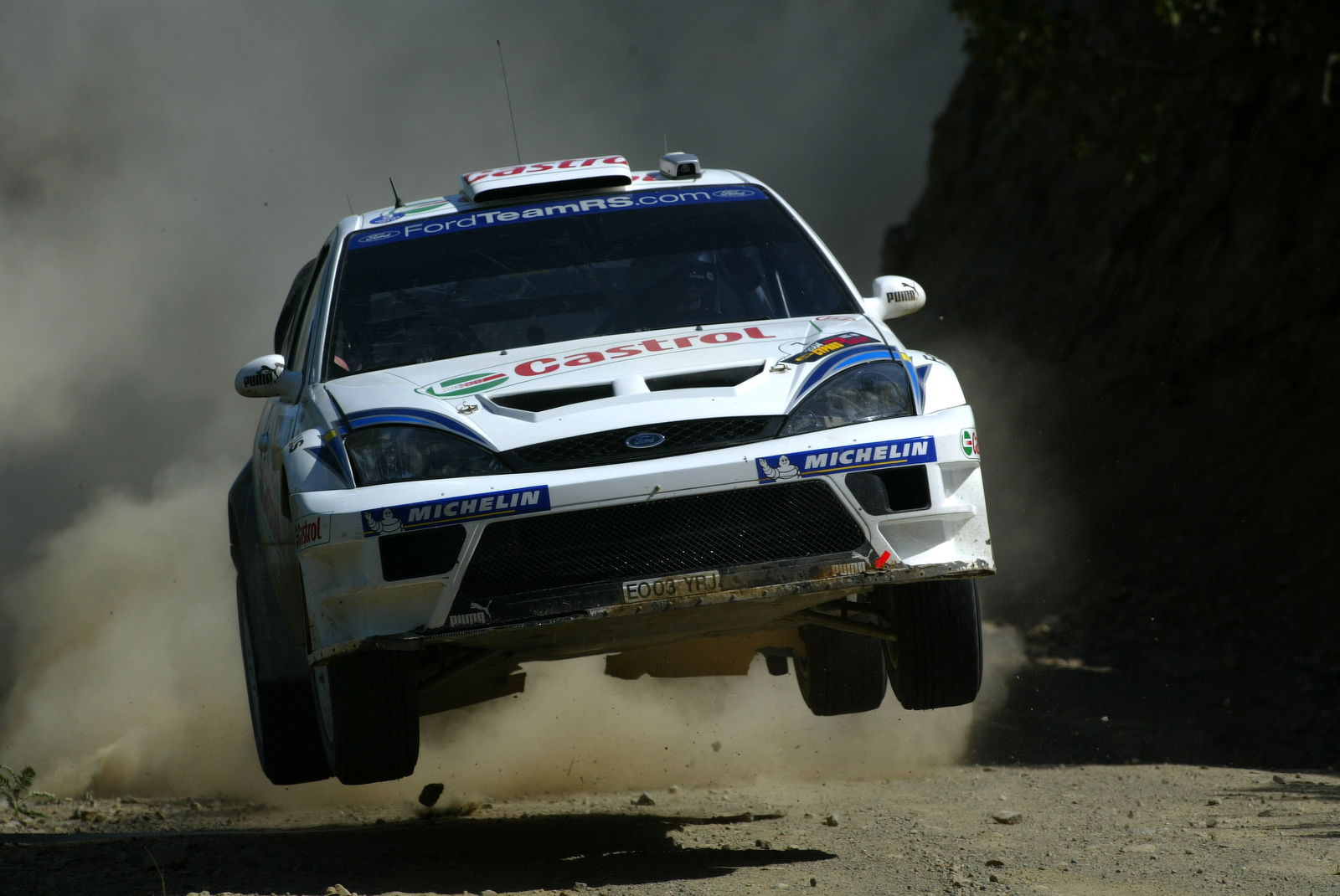New Michelin TDE tyre set for Acropolis debut.
After the recent Cyprus Rally, a quick hop across the Mediterranean takes the WRC fraternity to Greece for the Acropolis Rally, second stop of the three-leg mini-marathon of 'hot and rough' sorties teams will have tackled in the space of six weeks, with the Rally of Turkey following in late-June.
Searing heat, rocky, punishing roads... Competitors can expect the same ingredients for each of these encounters, but detail differences do exist between them.

After the recent Cyprus Rally, a quick hop across the Mediterranean takes the WRC fraternity to Greece for the Acropolis Rally, second stop of the three-leg mini-marathon of 'hot and rough' sorties teams will have tackled in the space of six weeks, with the Rally of Turkey following in late-June.
Searing heat, rocky, punishing roads... Competitors can expect the same ingredients for each of these encounters, but detail differences do exist between them.
For while Cyprus Rally stands out by its exceptionally twisty stages, the tracks that criss-cross the Greek mountains are much faster, and as a consequence more demanding still on the drivers, their machines and, of course, their tyres.
For Michelin, the challenge is to develop products capable of standing up to the constant assault from the savage stages, as well as coping with the higher speeds and resisting wear. Following their win in Cyprus in May, and on the Acropolis Rally twelve months ago, Bibendum's engineers have prepared thoroughly for this year's visit to Greece where they will have an all-new tyre: the Michelin TDE.
Designed to take over from the Michelin GW, which began and ended its career by contributing to wins in Cyprus [2002 and 2004], this innovative product has been engineered above all for aggressive, hard-wearing terrains. But it is also intended to prepare for the future in light of expected trends in forthcoming regulations concerning WRC tyres.
Aim? Chatard, Rallies manager at Michelin Competition, explains...
Q:
Aim?, can you describe the new Michelin TDE and explain the type of terrain it has been designed for?
Aim? Chatard:
The originality of this pattern is its evolutionary grooving ratio [in French: 'taux d'entaillement ?volutif', TDE]. At the start of a stage, it benefits from a relatively open tread, with a 'sea-to-land' ratio of 40%, similar to that of the Michelin Z. However, when running on hardwearing surfaces, this ratio evolves as the stage advances to become that of its predecessor, the Michelin GW. That is to say 30%. So it adapts to the terrain.
On the one hand, its design brief was to offer a level of lateral grip close to that of the Z pattern for stages featuring a top coating of loose gravel. At the same time, our objective was to achieve a gain of 10% in terms of durability over aggressive stages.
Again with a view to favouring durability, its pattern has been designed to optimise the way the constraints on the tread blocks are spread out each time they strike the ground.
Meanwhile, this new pattern is based on a proven, reinforced construction and the engineers have further optimised its effectiveness by using the maximum width permitted by the regulations, 225 mm. For information, the width of the Michelin Z and Michelin GW is closer to 200 mm.
Q:
Enhanced durability - that is one of the trends likely to result from possible changes to the future regulations concerning WRC tyres. Is the Michelin TDE a glimpse of the future?
AC:
The regulations are effectively heading towards event formats where competitors will be asked to cover greater distances with a single set of tyres.
And in this sense, the family of hardwearing gravel rallies - Cyprus, Greece, Turkey - represent an especially demanding challenge. It is virtually impossible to run tests over distances exceeding 40 km, but validating new solutions on events has become just as delicate since teams today must nominate their choice of two patterns for a rally four weeks before the start.
On top of that, the drivers quite legitimately prefer to run tyres which are globally better than, or at least equivalent to the benchmark product.
Q:
Two of the most recent Michelin WRC tyres to be introduced won 'out of the box'**. Can the Michelin TDE do the same in Greece?
AC:
The good news is that several of our partners have validated and nominated the Michelin TDE for the Acropolis following positive tests. But testing away from an event is by definition inconclusive.
So simply succeeding in confirming our findings in testing would be a victory in itself. However, only an analysis of how this new concept performs in rally conditions, as well as the stopwatch of course, will enable us to validate it definitively.
Sincerely though, if this new product did prove successful in contributing to a further win for Michelin in Greece, the engineers responsible for its development would like to dedicate the result to their late colleague, Jacky Pageot, who made a major contribution to the conquest of our world titles these past five seasons.
(**) The Michelin N 'FP' (1st, 1998 Sanremo) and the Michelin GW (1st, 2002 Cyprus).

